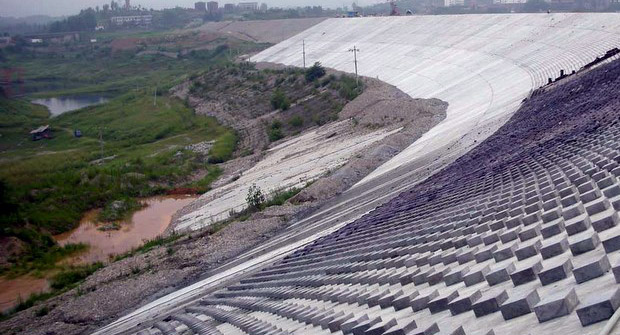I put off posting about the nasty and unconscionable toxic spill in Hungary because I felt a little guilty. I said in an earlier post that I was kinda bored and having a little difficulty posting because after the Gulf Spew and Russia caught on fire talking about more down to earth topics and residential energy issues was…well…not exciting. Then I said something like we could always wish for another disaster. So then the Hungary Dam Failure happened and I was …ahhh … sheepish. But today and tomorrow we shall make amends.
http://www.peopleandplanet.net/?lid=29373§ion=37&topic=23
‘Hungary must lead drive to defuse East Europe’s toxic time bombs’
Posted: 12 October 2010
As efforts continue to prevent a further spill from a toxic reservoir near the Danube, WWF has called on Hungary, as president-elect of the EU, to mount a major push to reduce the large stockpiles of poorly maintained mining wastes across eastern Europe.
The call from WWF comes as emergency operations continue to head off an increasing risk of further large scale flows of toxic aluminium processing sludge from the broken reservoir above the town of Kolontàr. The initial breach of the reservoir walls killed at least seven, inundated six villages and sent a caustic alkaline plume towards the Danube.
WWF has issued a photograph showing that the reservoir wall was clearly degraded and leaking more than three months before the disaster. Work has nearly finished on a secondary dyke, 1500 m long, 30 m wide and 8 m high through and alongside Kolontàr, to reduce damage from any further spills.
“The human and ecological disaster at Kolontàr – the greatest chemical disaster in Hungary’s history – has made clear the need to re-assess current regulation of such mine waste sites and begs the question how many other ticking time bombs there are in Central and Eastern Europe,” said Gabor Figeczky, interim CEO of WWF-Hungary.
Mining and mineral processing tailings dams – presumably including the Kolontàr reservoir – were listed as a priority concerns in a 2004 comprehensive study on mainly eastern European hazardous and toxic waste sites from the European Commission’s Joint Research Center.
Overall, however, environmetnal pressure groups say that information on sites,and on the risks they present, is extremely poor. WWF released a list of recent Danube releases of toxic wastes and some of the major hazard areas last week, “but it is by no means provides the kind of exhaustive analysis that is needed,” said Andreas Beckmann, Director of WWF’s Danube-Carpathian Programme.
:}
More tomorrow.
:}



 Greenpeace marine biologist Paul Horsman shows globs of oil on a jetti at the mouth of the Mississippi River on May 17, 2010. (John Moore / Getty Images) As the EPA and BP fight over the Gulf oil spill cleanup, the Daily Beast crunches the numbers and ranks the most contaminated sites in the nation.
Greenpeace marine biologist Paul Horsman shows globs of oil on a jetti at the mouth of the Mississippi River on May 17, 2010. (John Moore / Getty Images) As the EPA and BP fight over the Gulf oil spill cleanup, the Daily Beast crunches the numbers and ranks the most contaminated sites in the nation.








